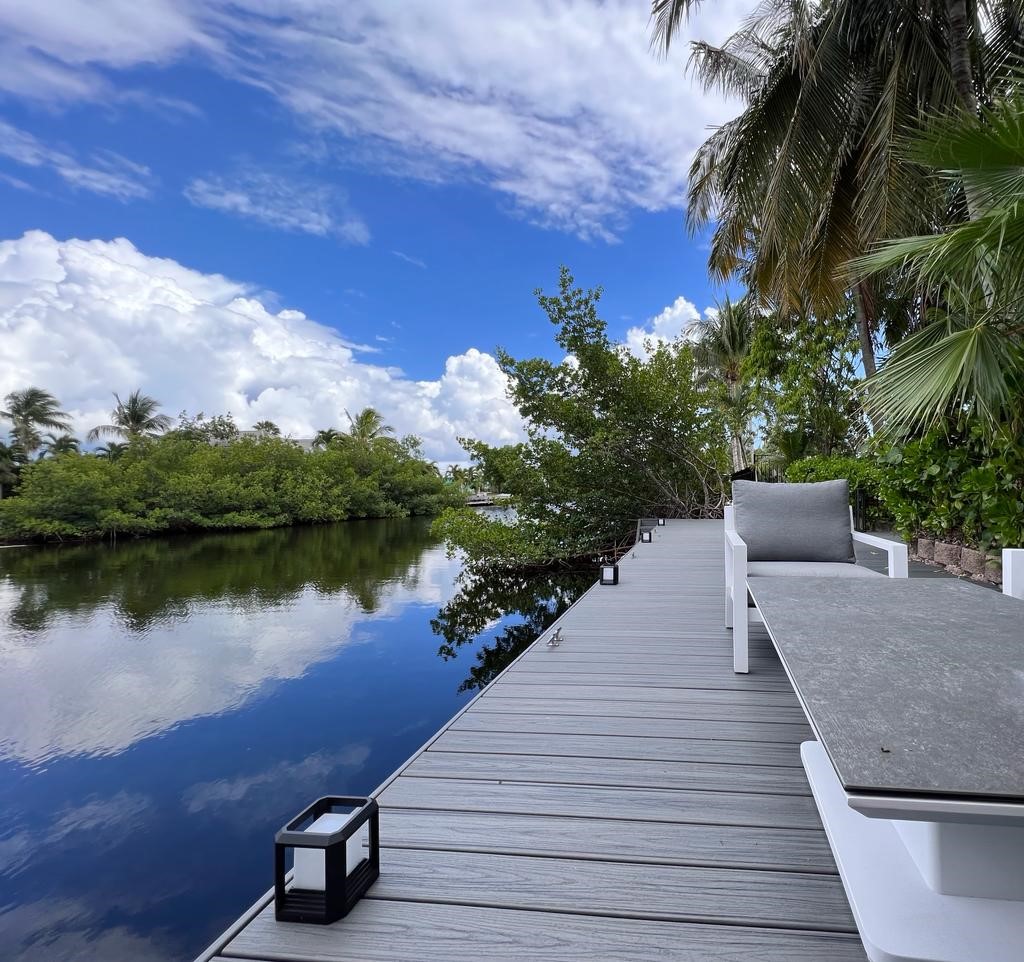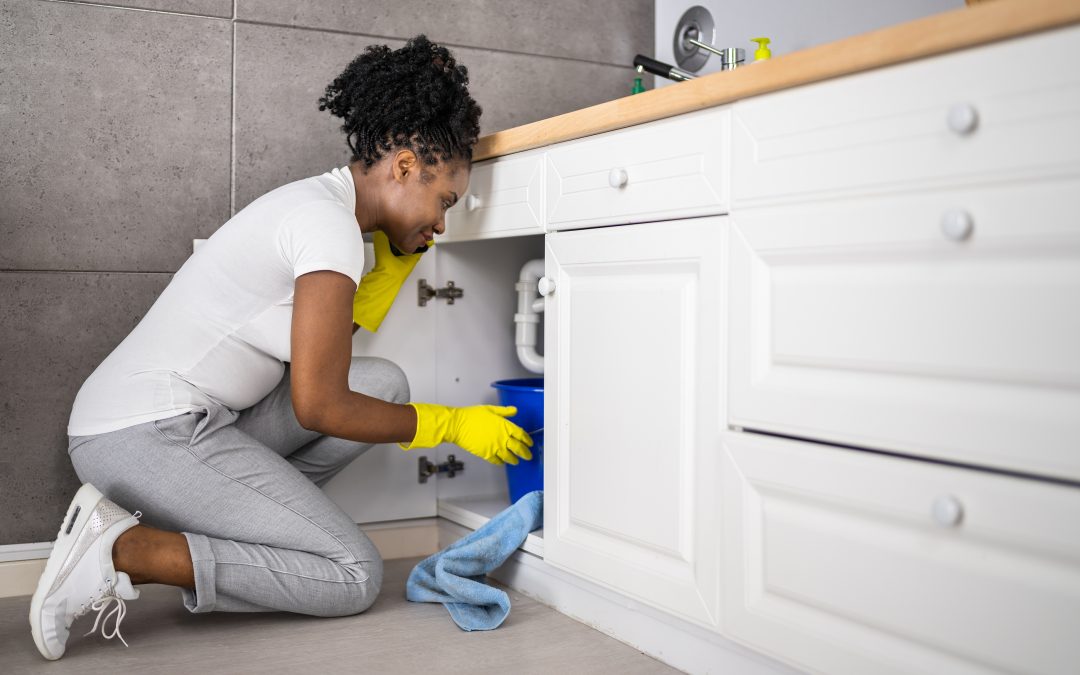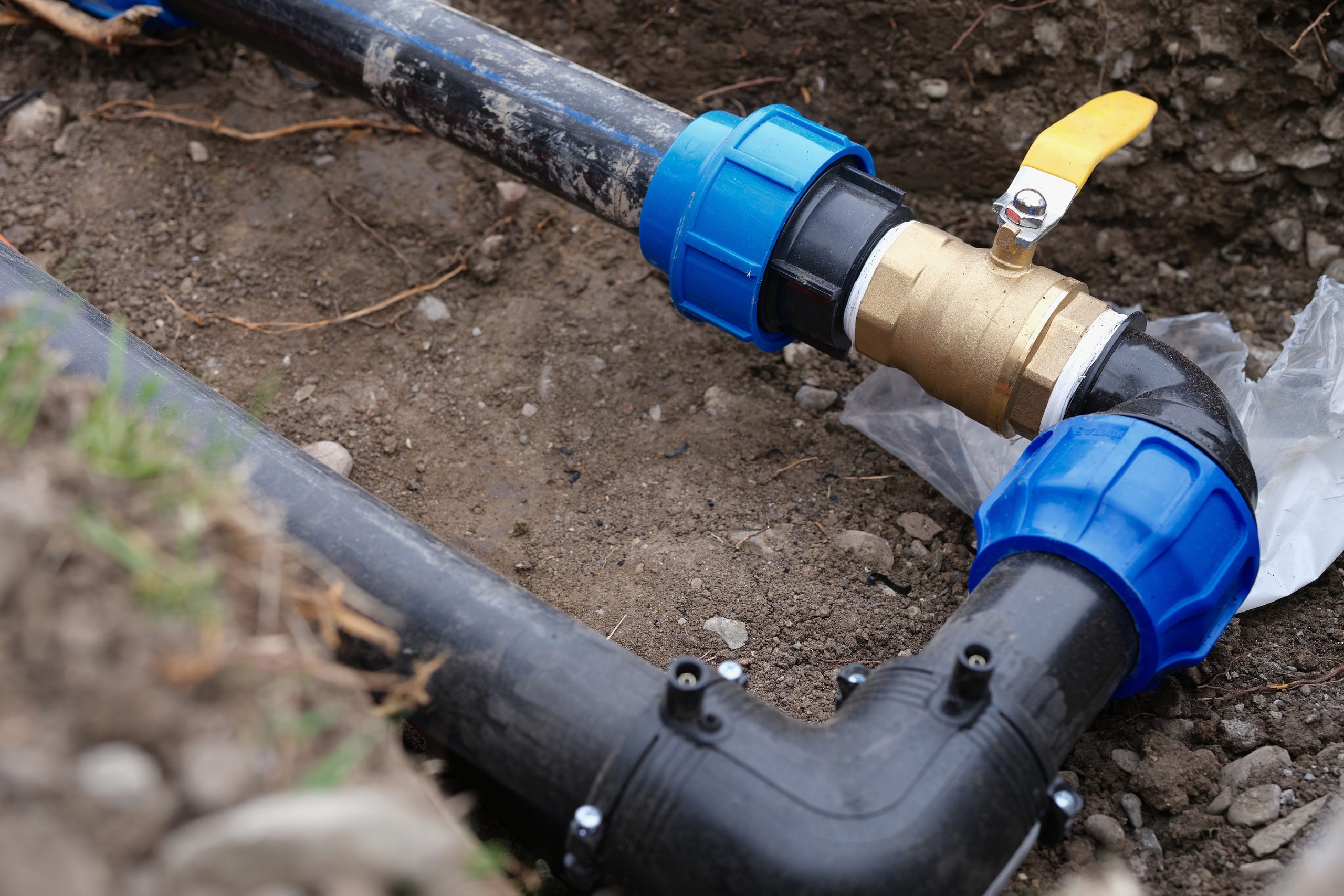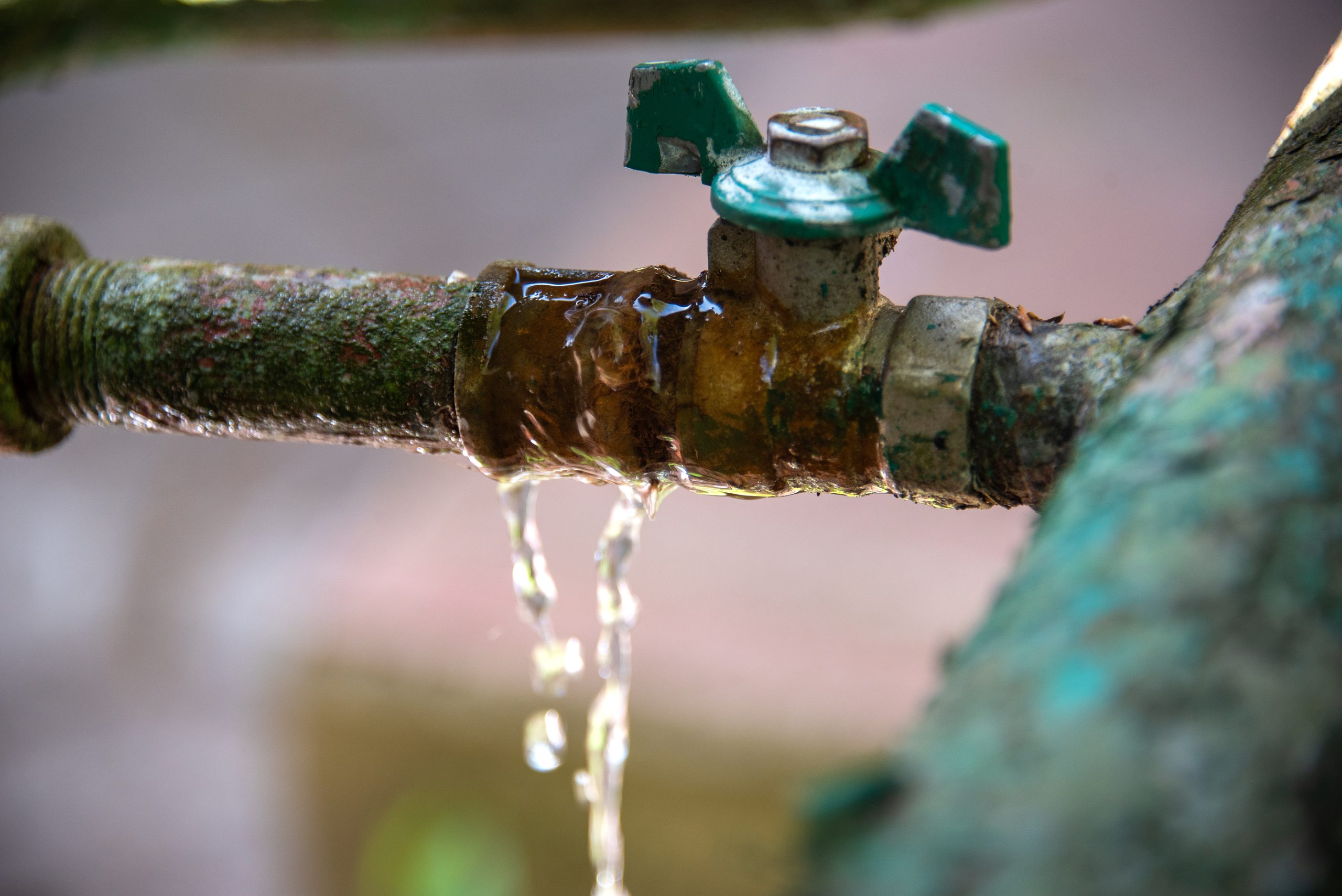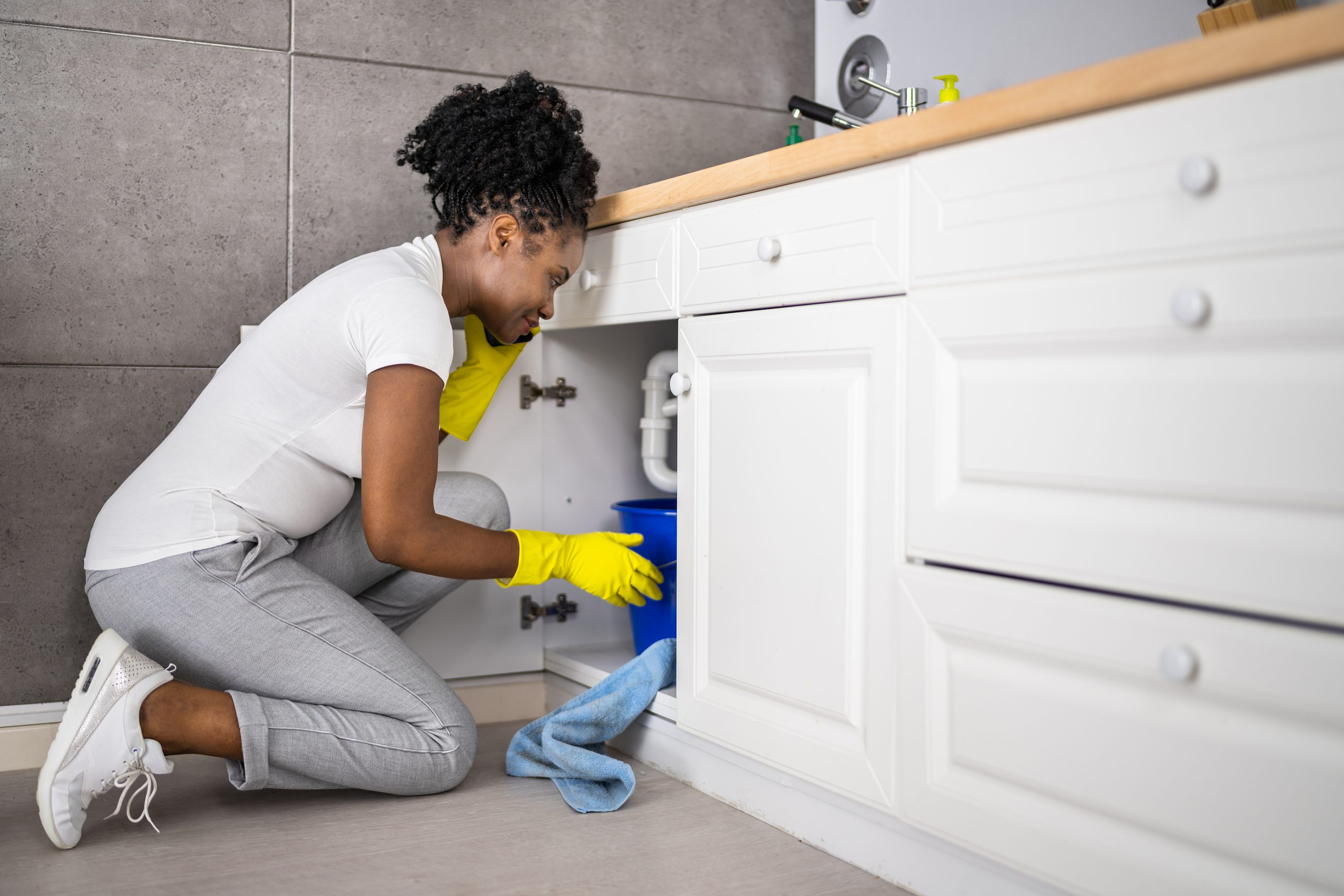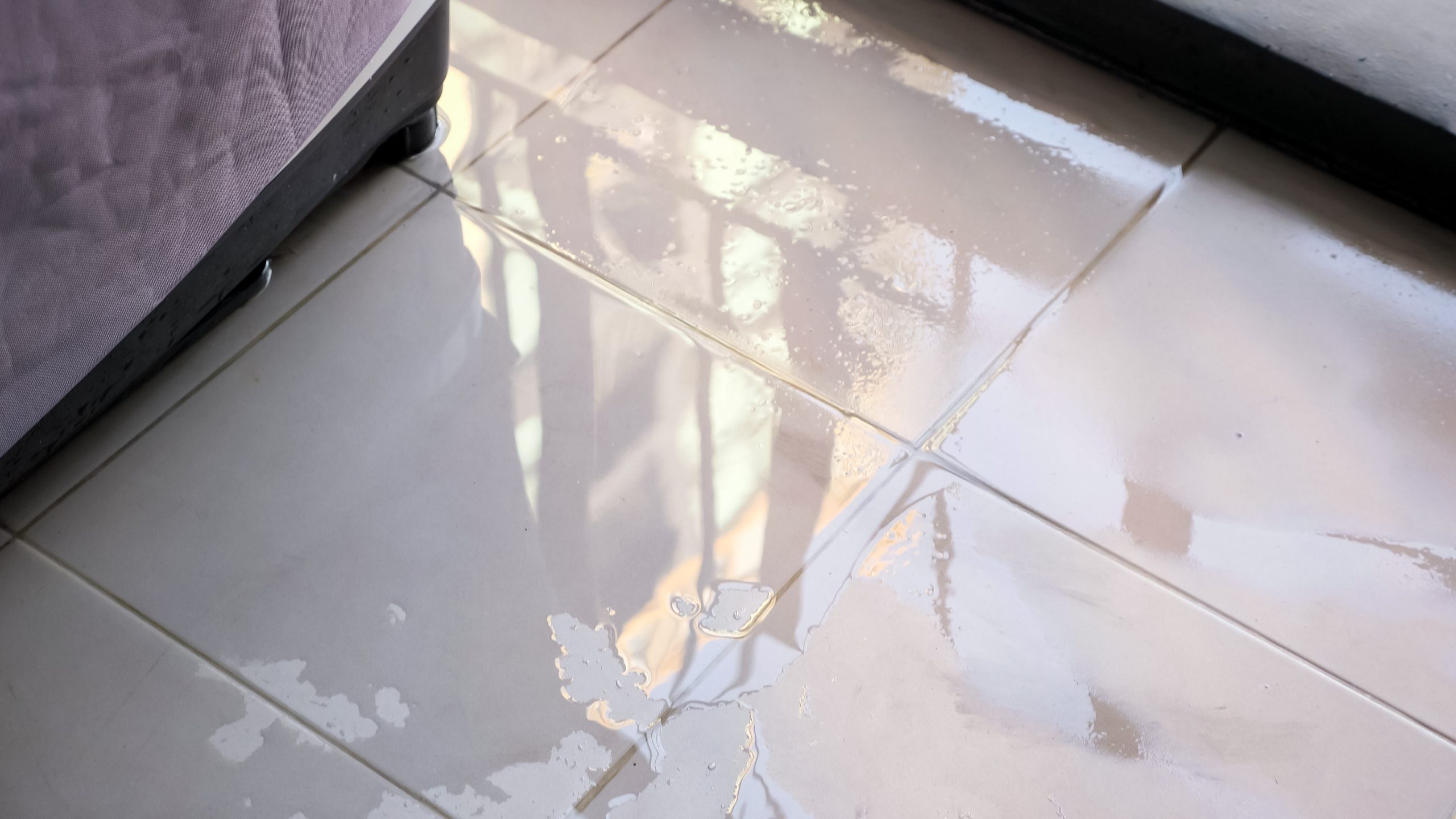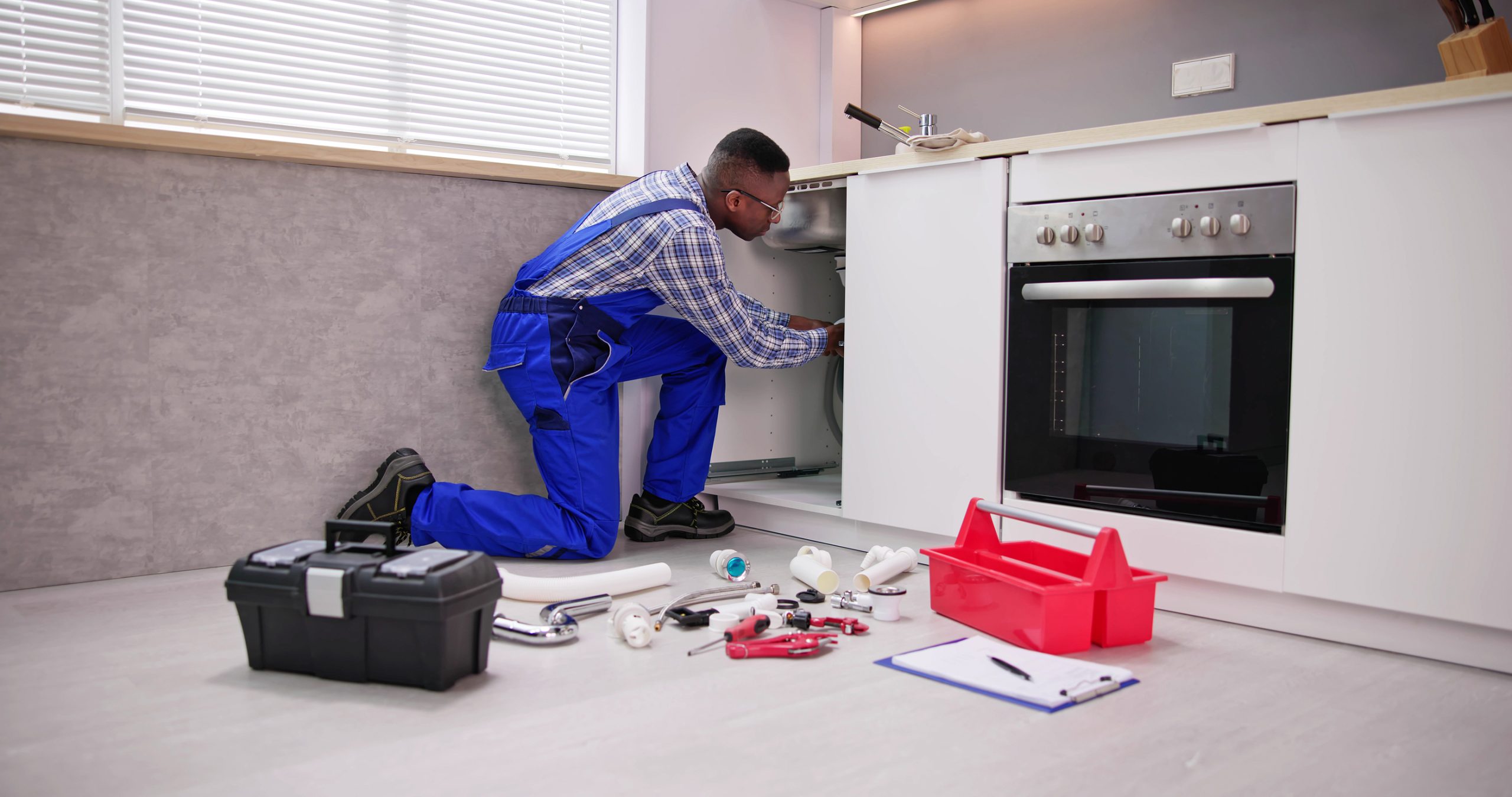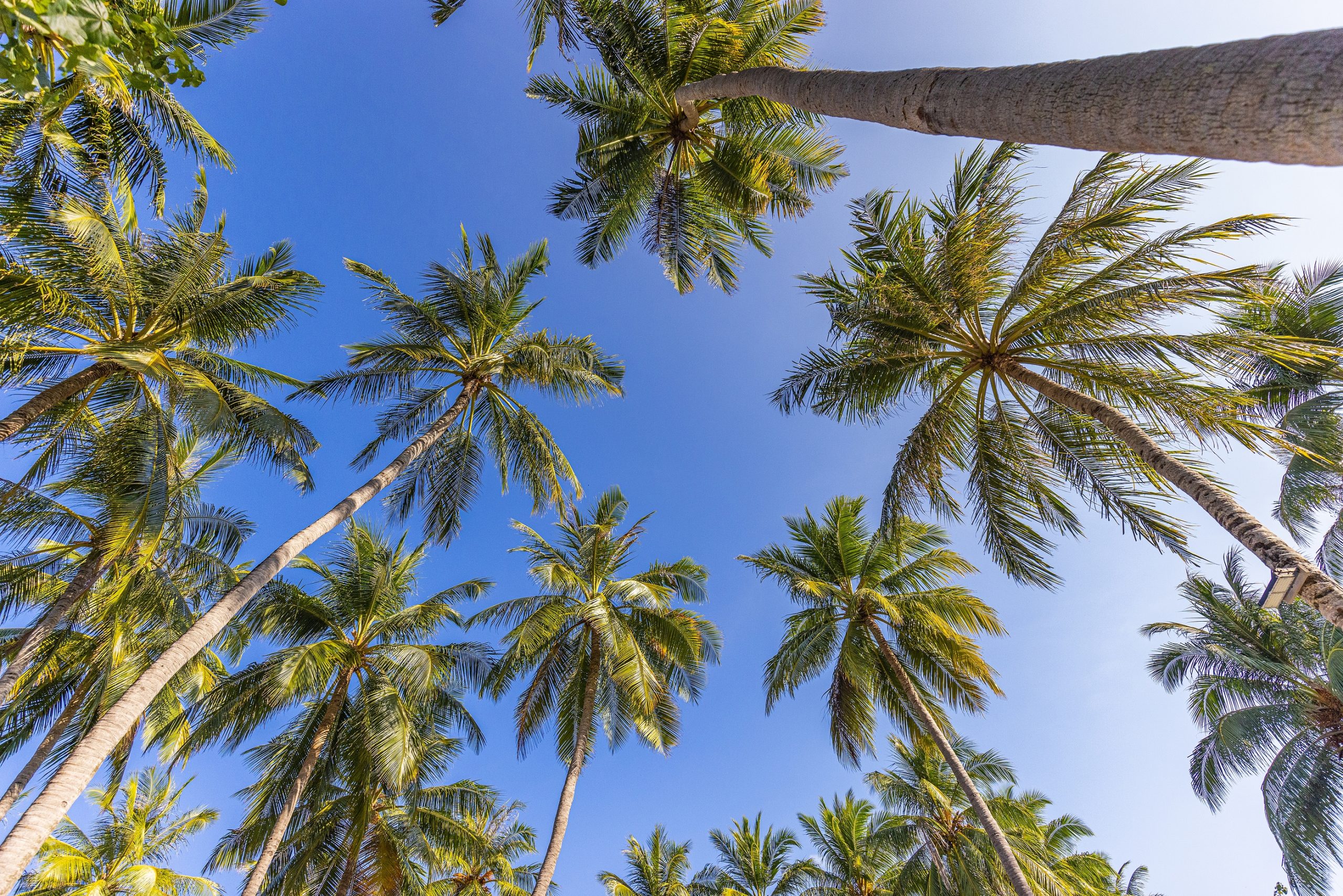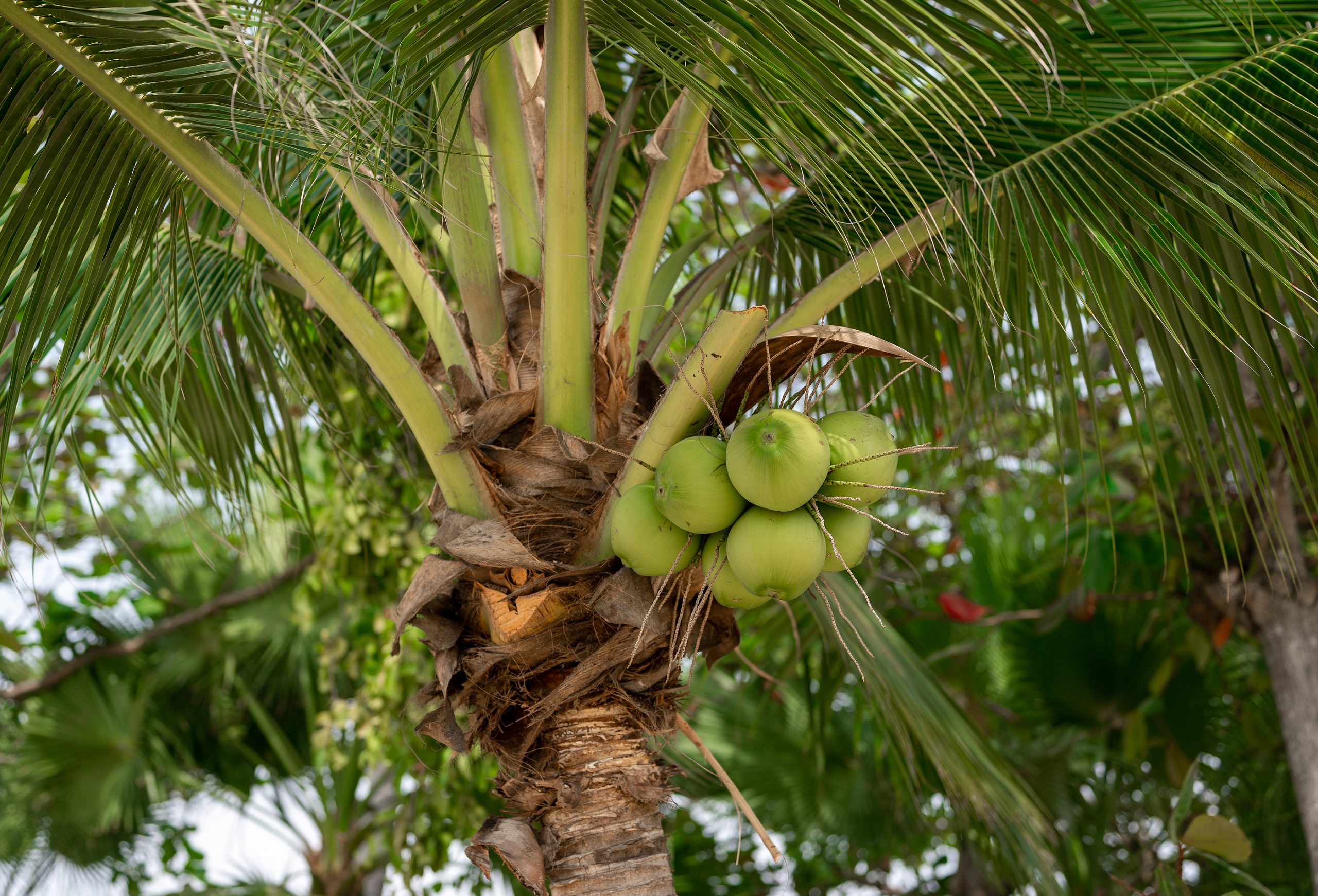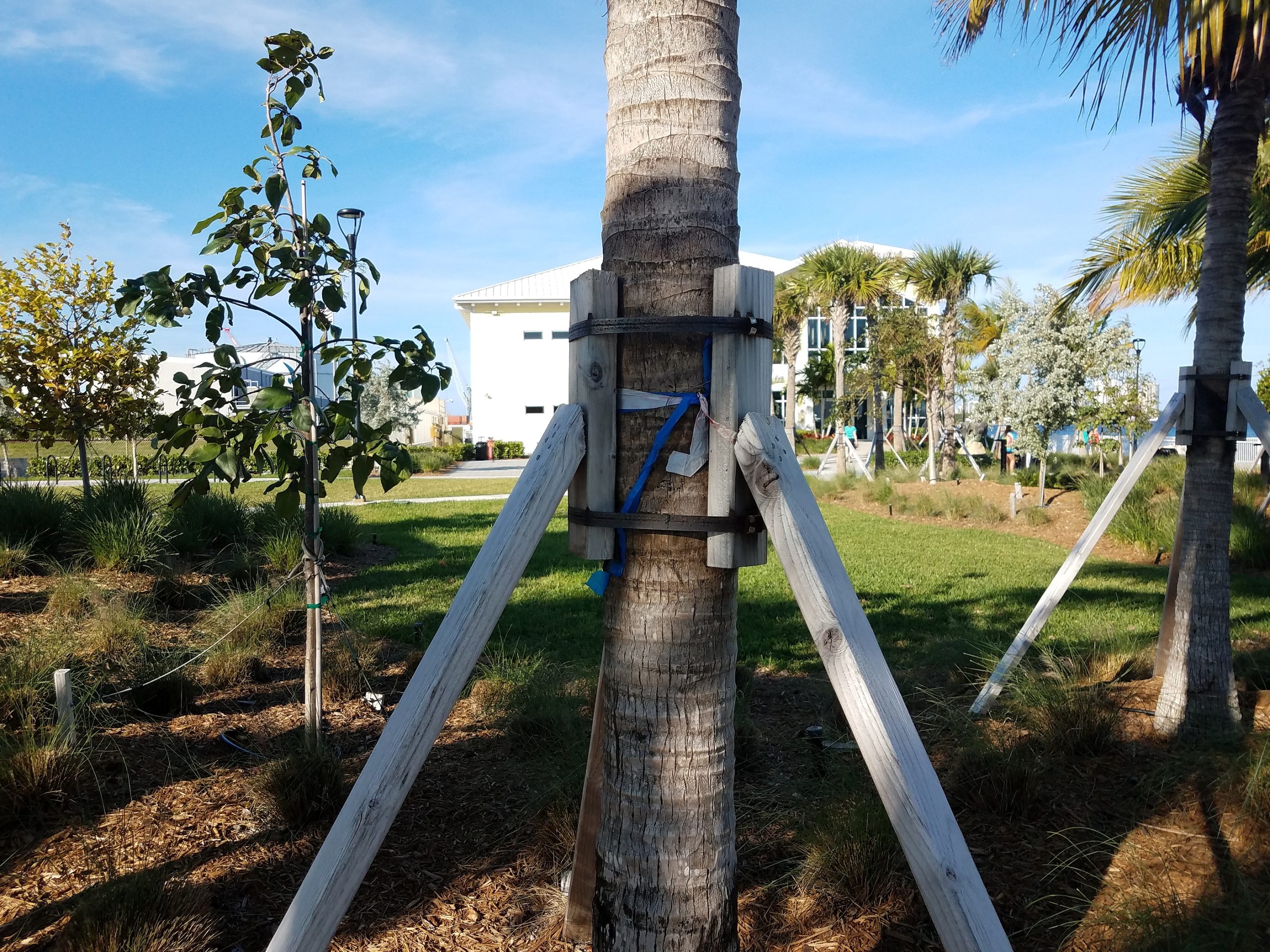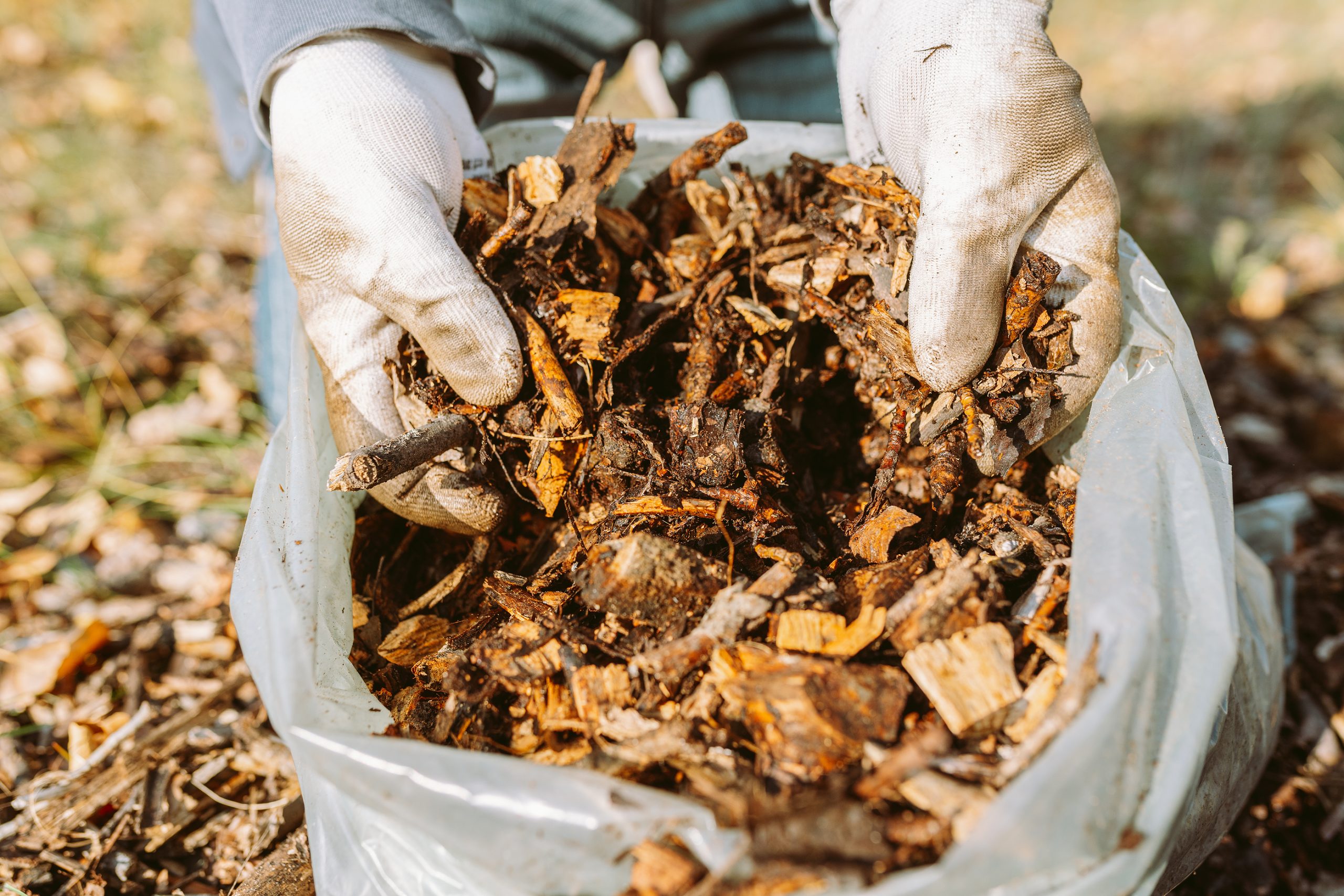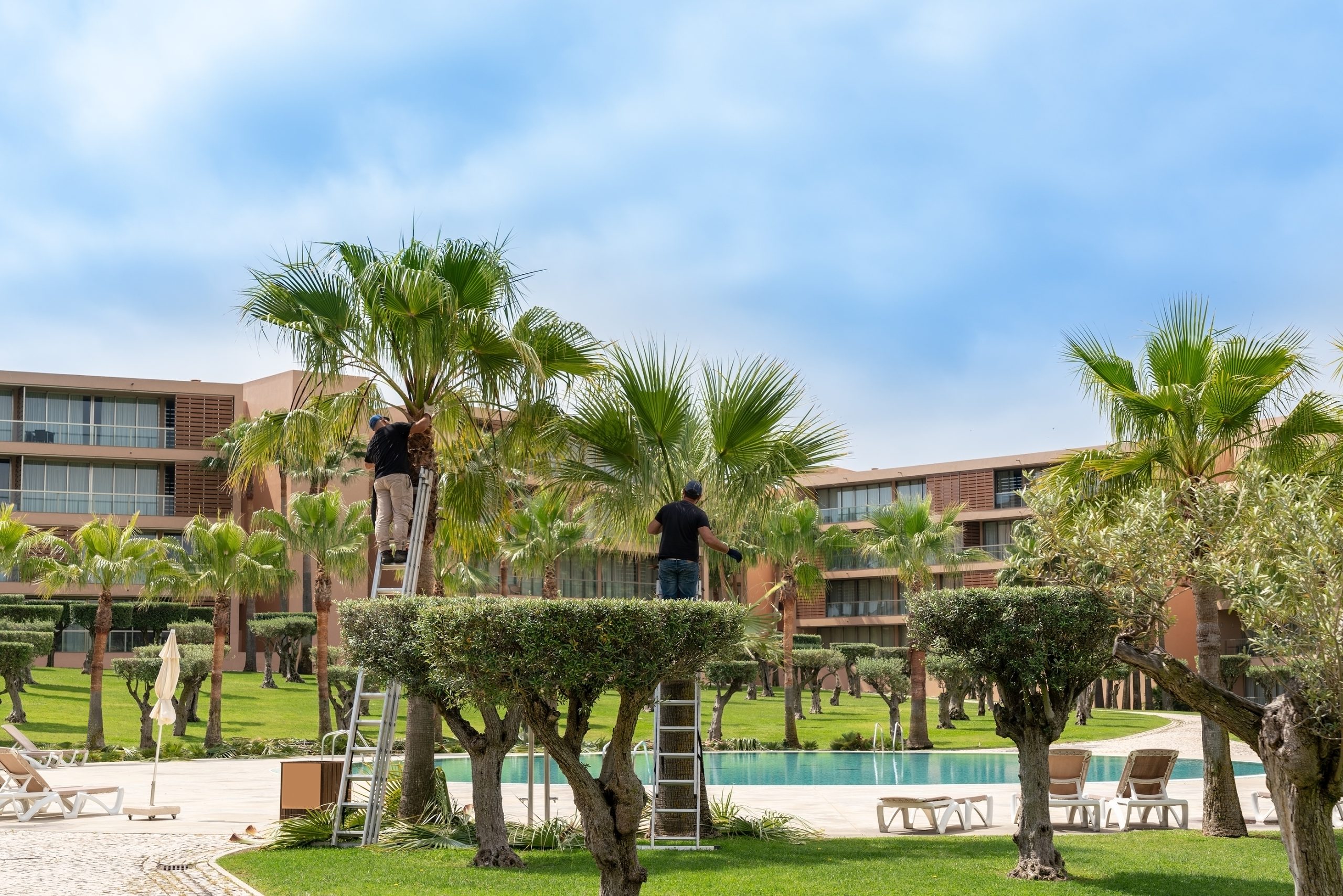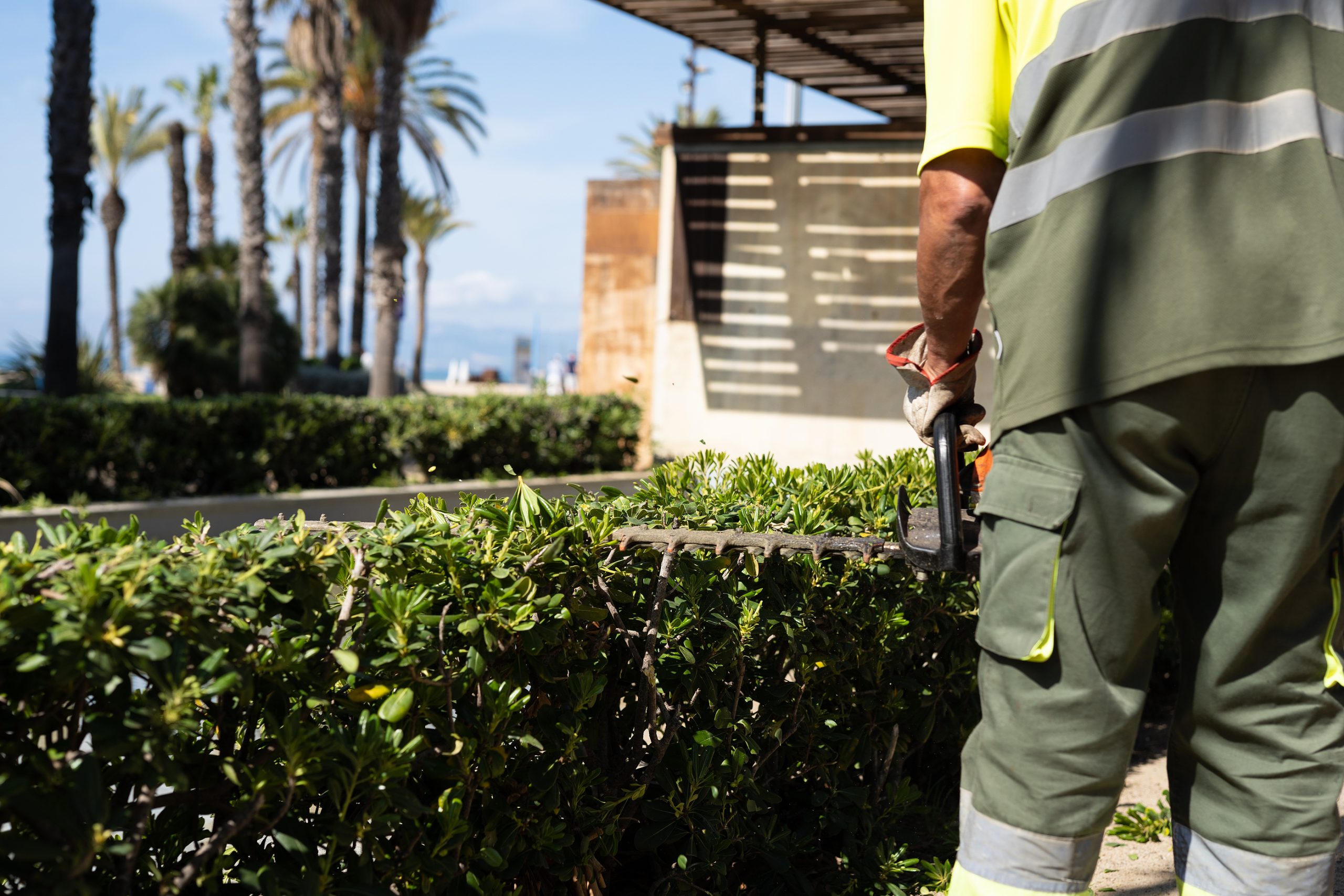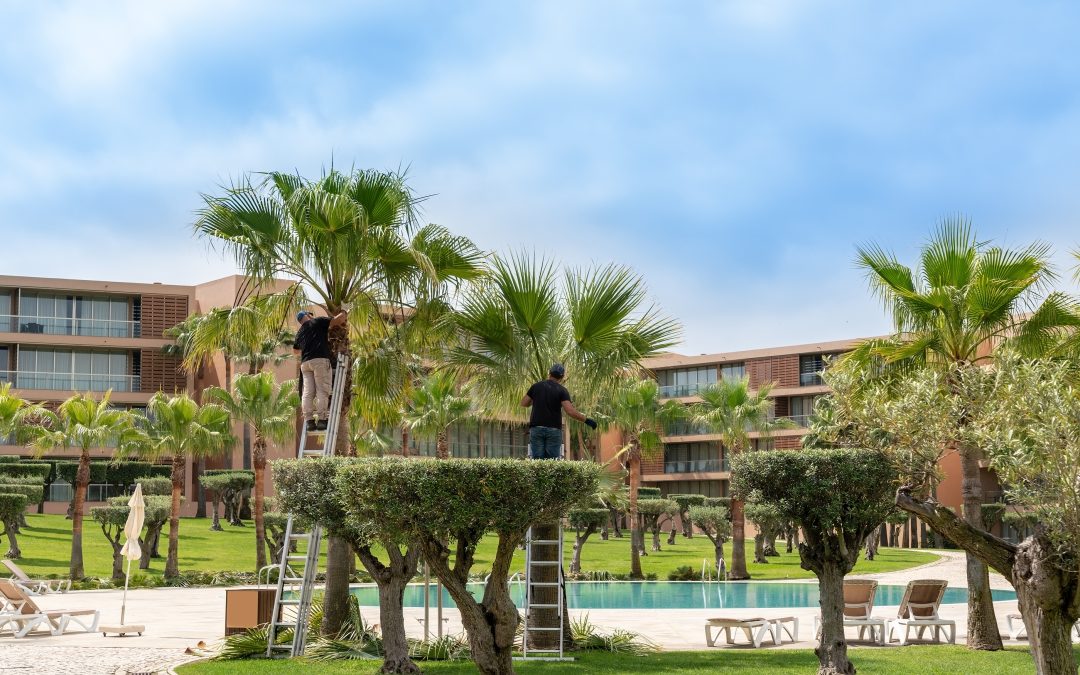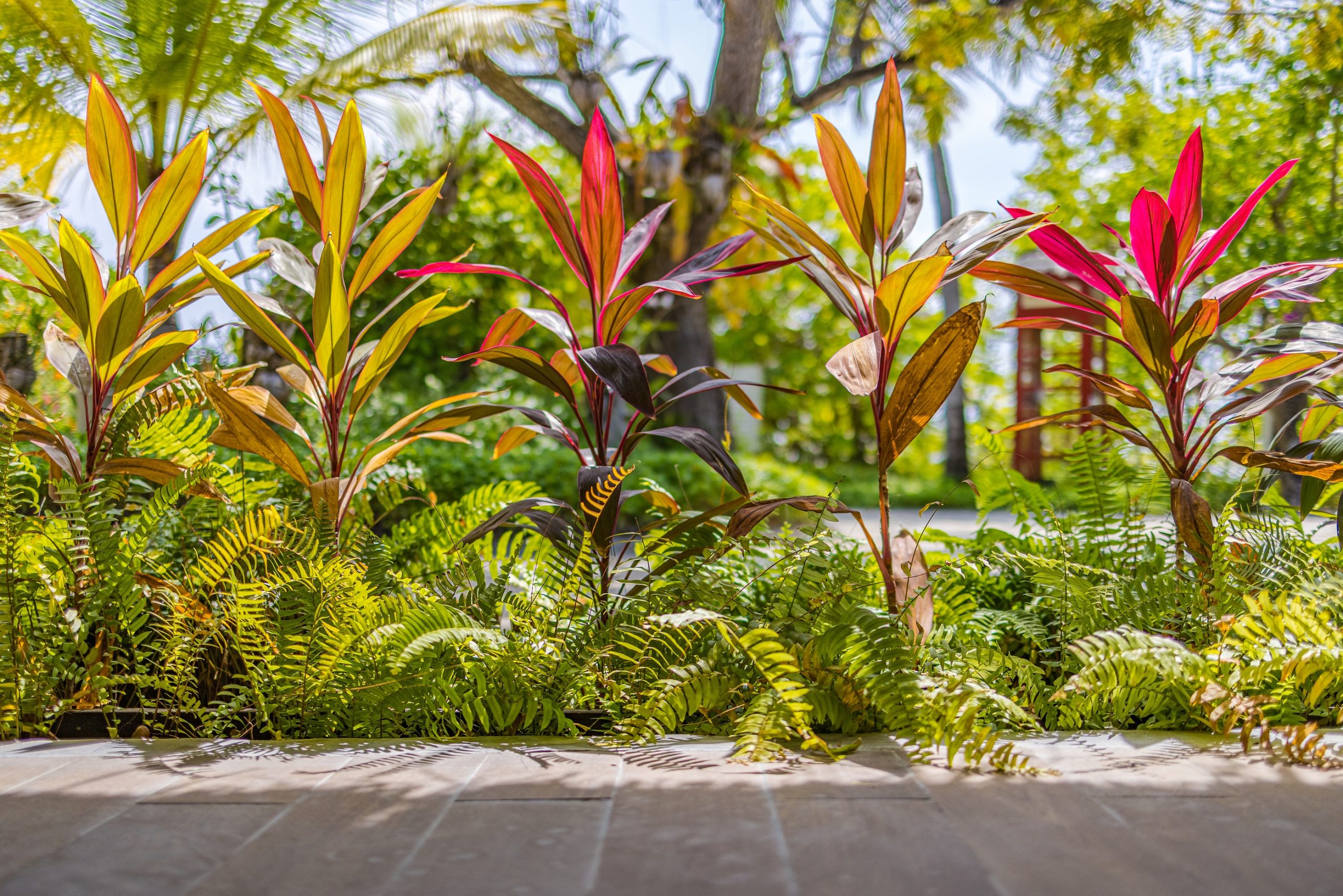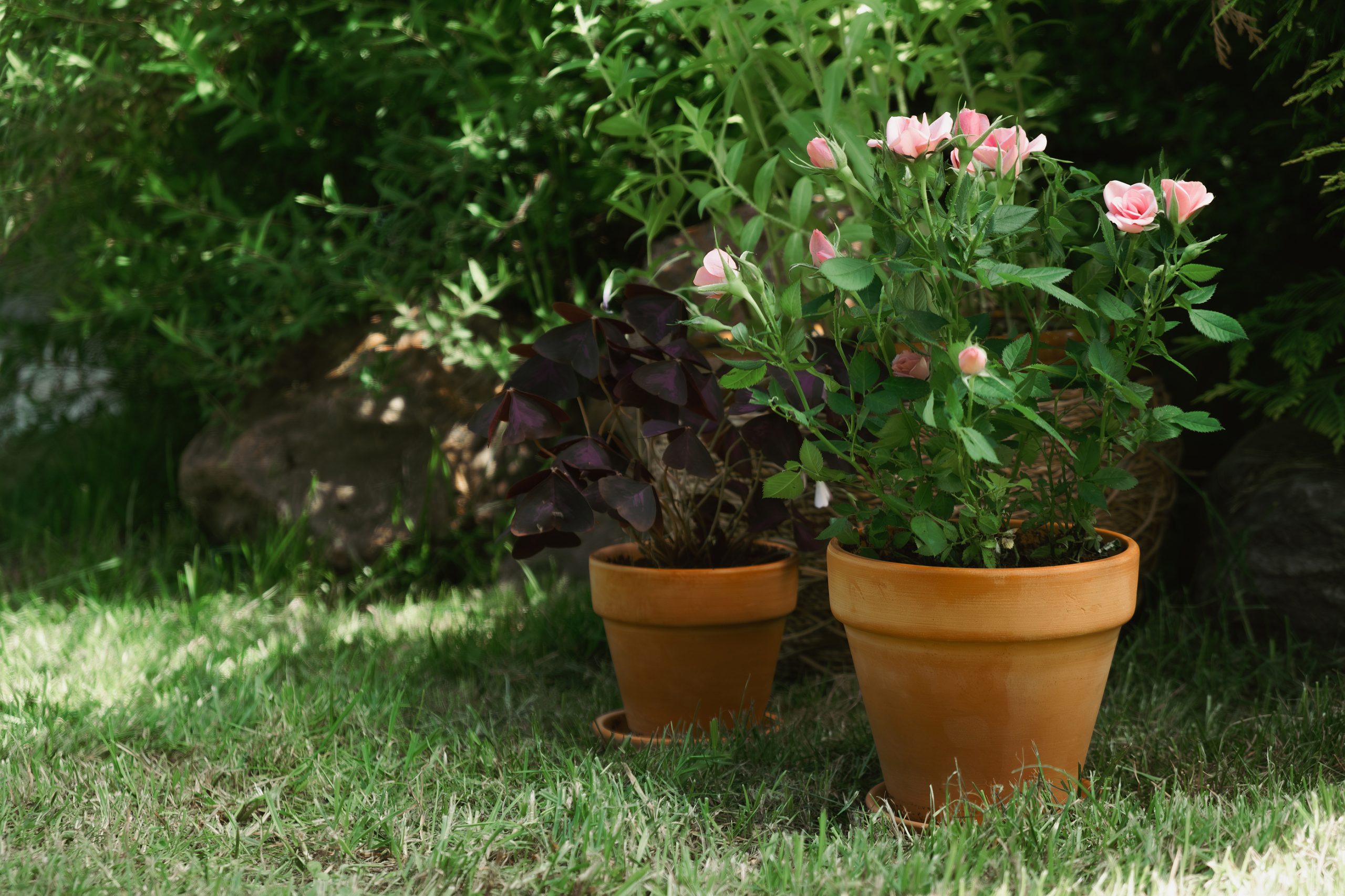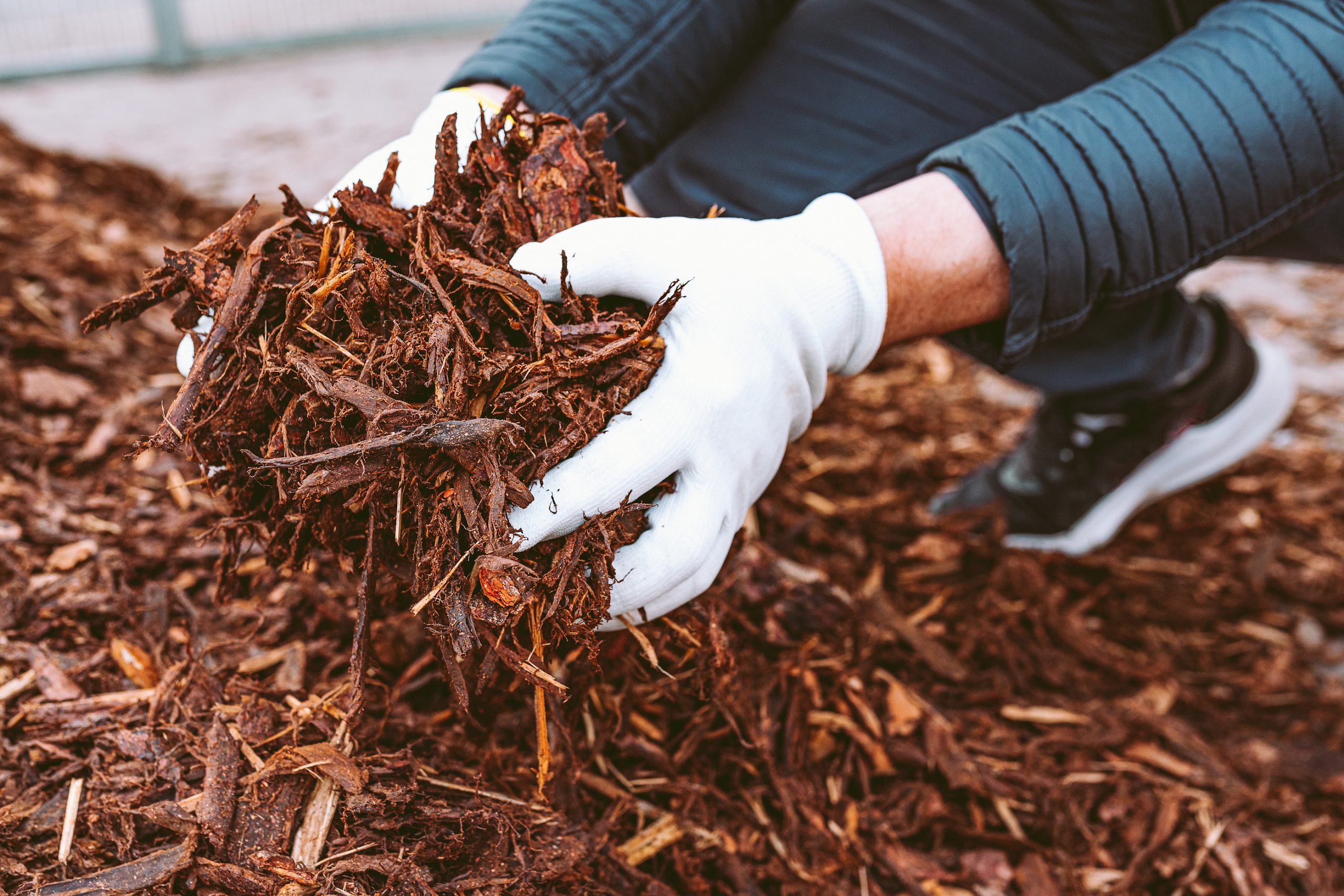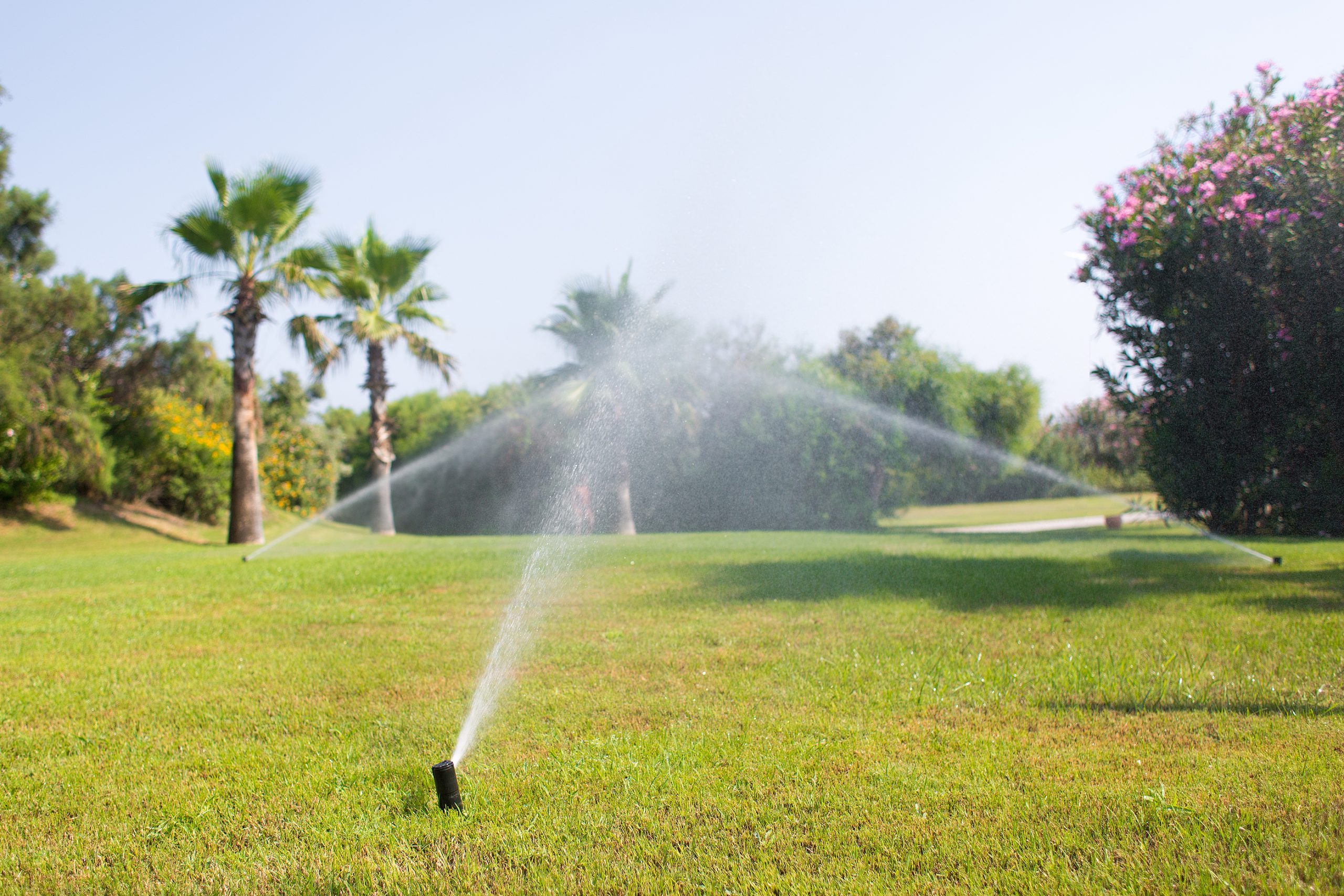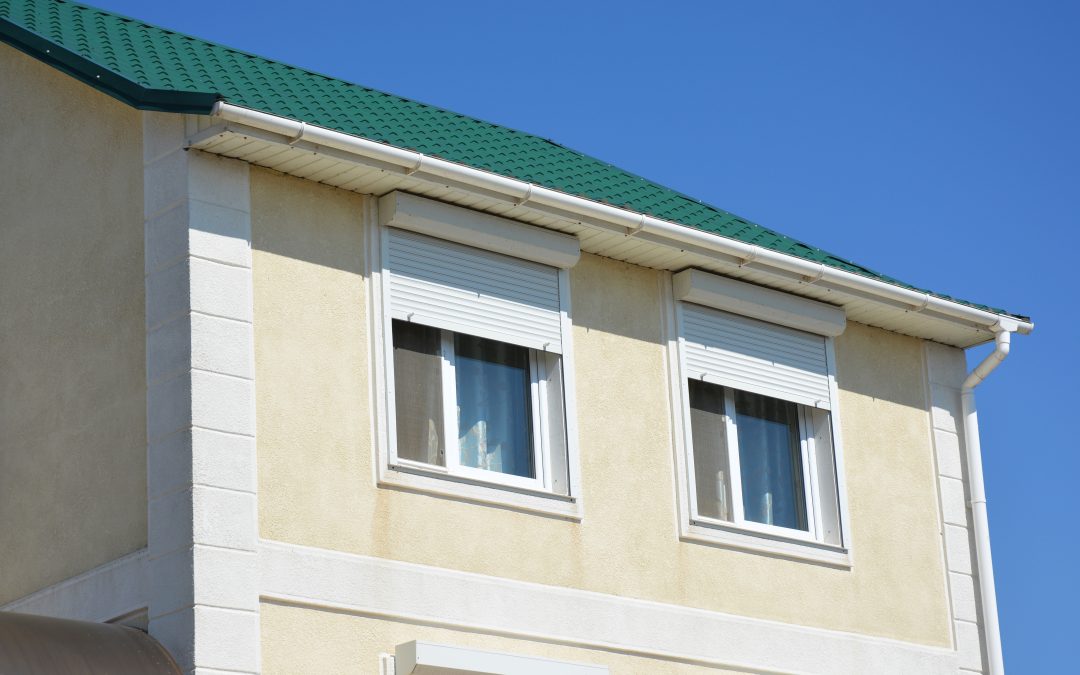
Hurricane Preparedness 2024: Property Maintenance Starter Checklist
Hurricane Season Property Prep
The 2024 Atlantic hurricane season officially runs from the 1st of June to 30th November.
While we are only in February, the time to start 2024 hurricane preparations, particularly 2024 hurricane preparations for your property, is now! Home repairs and preparations needed before the hurricane season can take weeks or months in some cases to ensure quality results. Therefore doing it at a time before the season and heavy rainfall/winds helps reduce interruption of inspection work and preprations, ensuring a good job and minimsing risk as much as possible.
Here are a few things to consider getting inspected and prepared before the hurricane season:
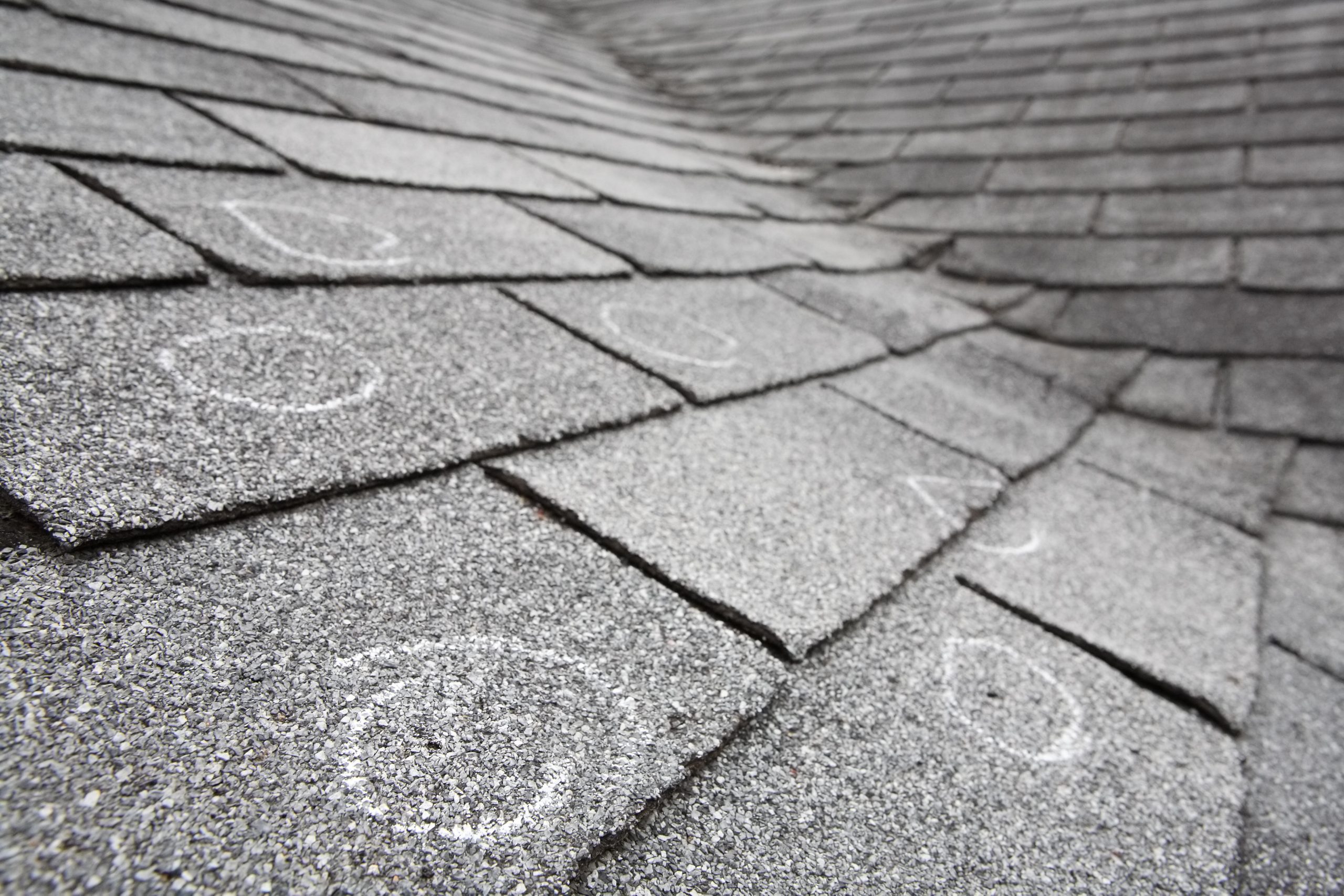
Roof Inspections
It is recommended that you have a roof inspection of your home at least twice a year, with one of those inspections being pre-Hurricane season. Having your roof inspected is an important step in hurricane preparations. This can help to check the durability of the roof, looking to see if there are any loose shingles or problem points which need to be addressed. Addressing and repairing these not only helps with minimising damage to your home during storms e.g. preventing water from getting through, but also preventing any of the looser shingles being picked up during heavy storm winds and becoming hazardous debris.
5 Star offers roof inspections for single story and double story properties.
You can book your appointment for roof inspections now.
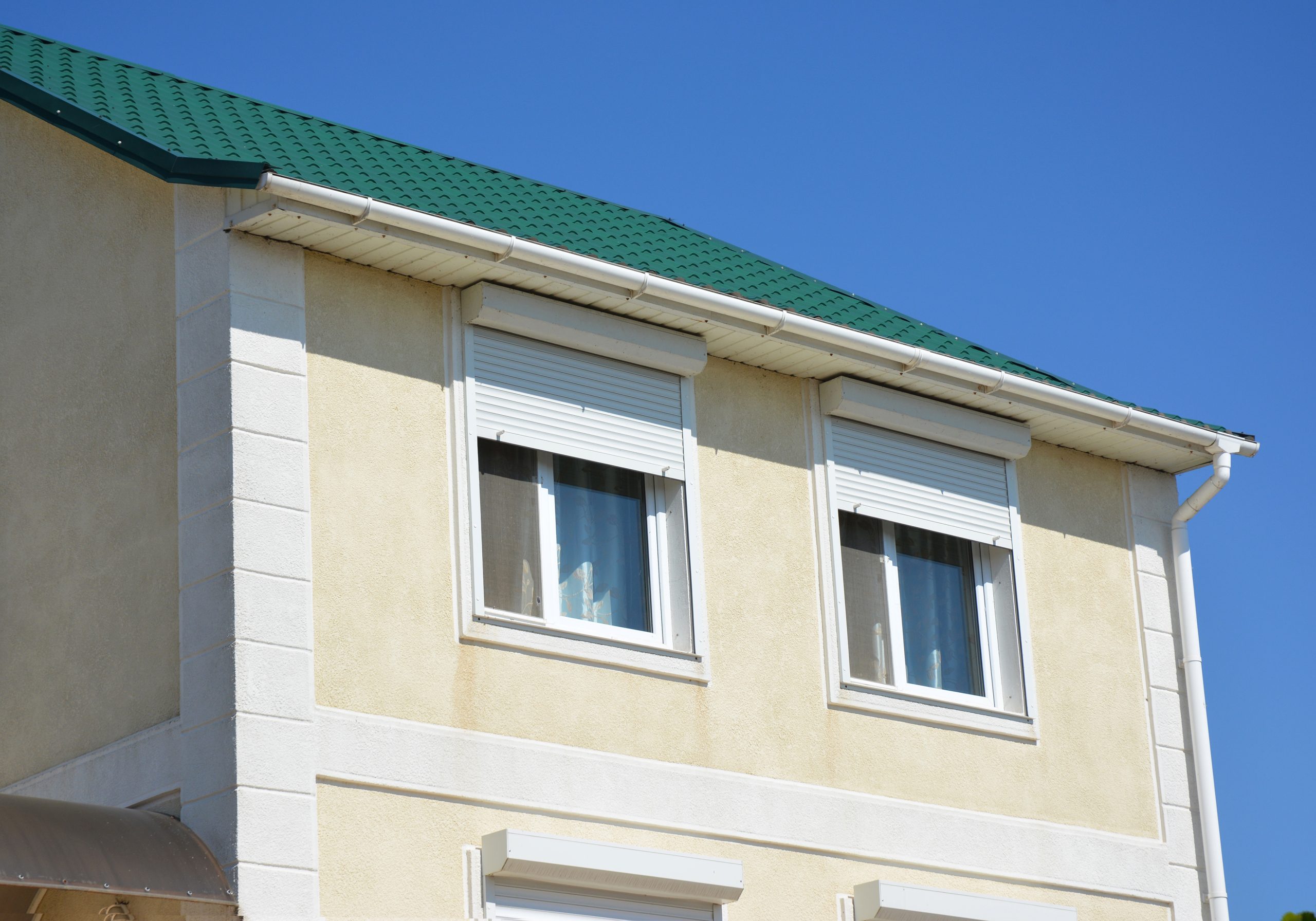
Installing Shutters or Buying Plywood
After roof inspections, installing or checking up on your shutters or getting plywood is another key preparation step. If you currently have shutters, it’s good to get these inspected before the season to ensure there’s no damage and they’re able to be closed properly. For those wishing to install shutters or getting plywood, the installation process may take one to two days or less, but enough time should be left for measurements, purchasing of materials, which sometimes require pre-ordering from overseas.
Deciding whether you should get shutters or plywood? We offer more detail in our article here on the benefits of each, the differences and what might work for you.
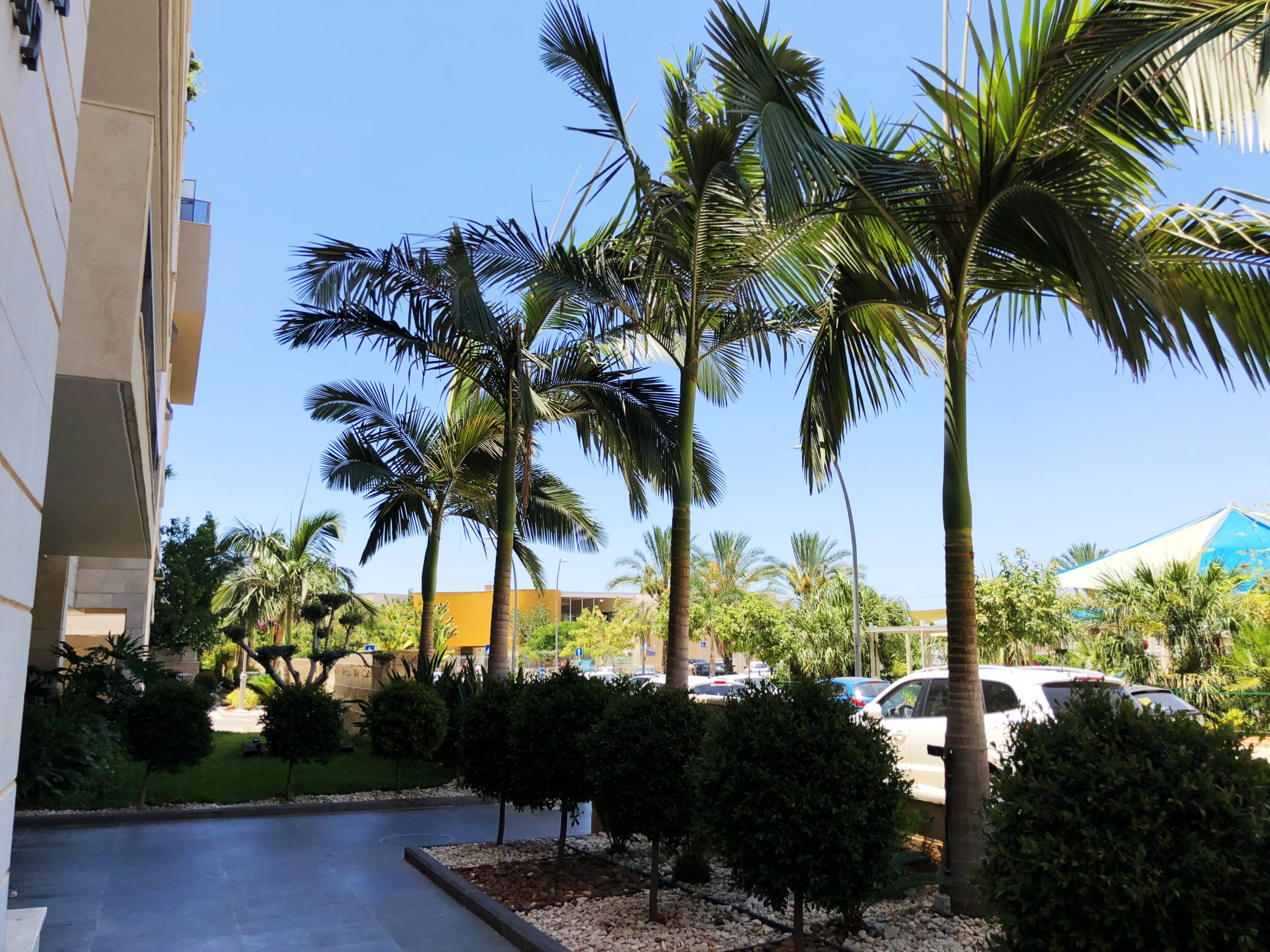
Tree trimming and removing any other hazardous debris
Ensuring overhanging or dead branches are trimmed and removed is also essential. These branches can easily be removed in strong winds and pose risk to your property, car and other areas. The same applies for any other broken parts around the house such as the gutters, garden tools or debris.
5 Star’s landscaping services includes tree trimming, garden cleanup and more. For more information about these services, click here.
This is just a snapshot of some of the areas of your property to check and get inspected before the hurricane season. If you have any questions about hurricane preparedness for your home or want to learn more about what’s covered in the inspections or appointments, contact us here.
Make sure to also check out Hazard Management’s website caymanprepared.ky for more information on a hurricane preparedness checklist for yourself and your family along with a list of hurricane shelters and the latest news and guidance from the Cayman Islands Government.

